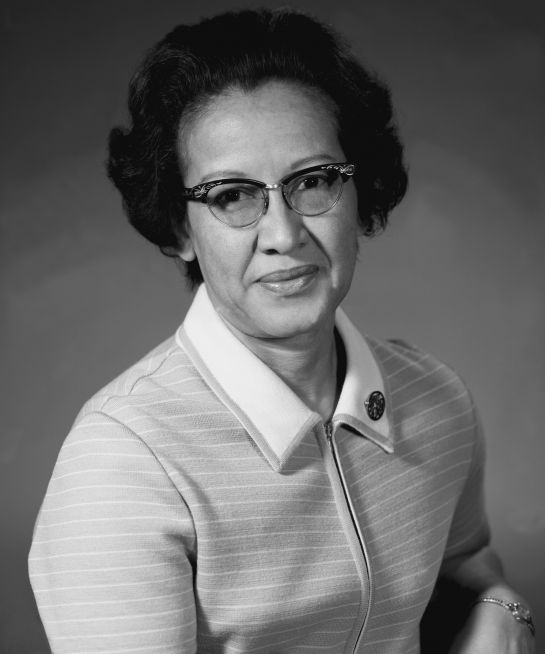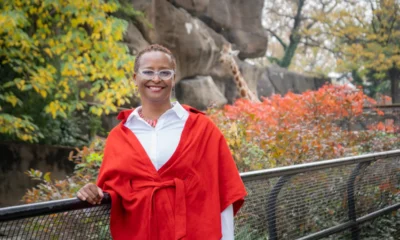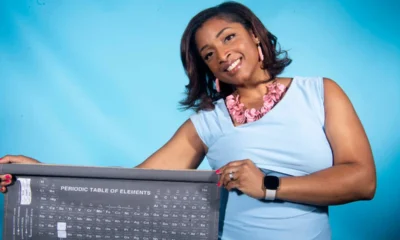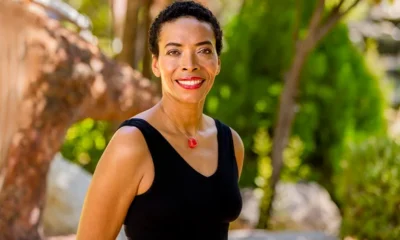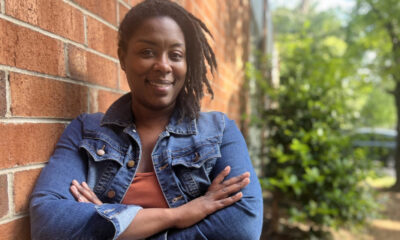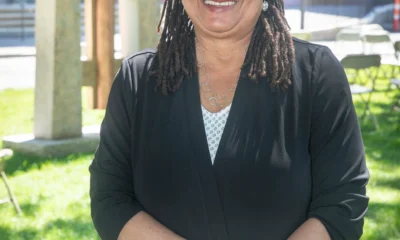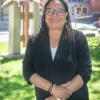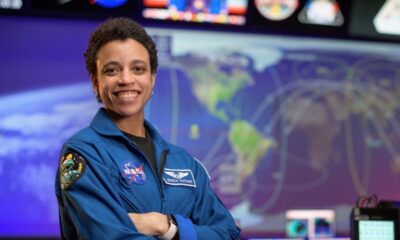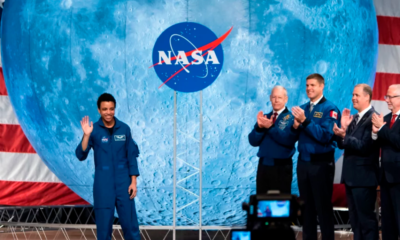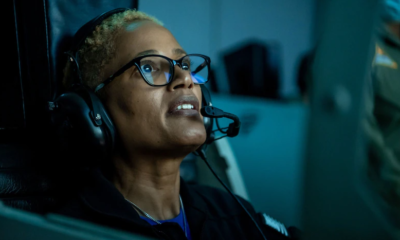Black Women in Science
FAMOUS BLACK WOMEN IN STEM, GREAT FEMALE SCIENTISTS
12 Women Whose Names You Should Know
Born in 1892, Ball became the first woman to graduate from what would become the University of Hawaii with a master’s degree in science. She was clearly a talented chemist, especially interested in using oil from the chaulmoogra tree as a potential cure for leprosy. Although it had been used topically to treat many conditions for hundreds of years, she suspected it would be more effective if it could be injected — and she was right.
After becoming an instructor at the university (the first Black woman to hold such a position), she isolated compounds from the oil for the first time that allowed it to be made into an injectable drug. It was then used as a leprosy treatment until the 1940s when other drugs were developed.
Unfortunately, Ball died in 1916 and was, therefore, unable to witness the impact her work had on the medical field. In 2000, the University of Hawaii honored Ball with a bronze plaque mounted next to the campus’ only chaulmoogra tree.
Mamie Phipps Clark, PhD (1917 – )
Mamie Phipps Clark and her husband, Kenneth, worked closely together on some of the first and most crucial psychology research into our implicit racial biases. They were the first two Black people to earn doctoral degrees in psychology from Columbia University, and they went on to found the Northside Center for Child Development, the first center offering psychological guidance and casework for children in Harlem.
Some of their most influential work — cited in the famous 1954 Brown v. Board of Education case — was the “doll test.” For this study, they gave children four dolls that were identical except for their skin color. They asked the kids which one they liked best and which ones they identified with. A majority of the children, regardless of their own skin color, preferred the dolls with light skin and associated more positive traits with it. But the Black children said the darker-skinned dolls looked like them and were “bad.”
This work provided evidence that African-American kids internalized negative messages about themselves from a very early age — and that continued segregation enforced those ideas.
Katherine Johnson (1918 – )
One of NASA’s “human computers,” Johnson says she grew up counting everything. That love for counting quickly turned into serious math skills as Johnson breezed her way through math classes. At just 18 she graduated with degrees in mathematics and French from West Virginia State College (now University).
In 1952, Johnson started working for the National Advisory Committee on Aeronautics (NACA) and impressed her supervisors with both her talent and her inquisitiveness. Then, in 1958, NACA was folded into NASA, and Johnson was part of the team charged with calculating the way to send a human to space and back. Her work was instrumental in sending the first American, Alan Shepard, into space in 1961. NASA also counted on her calculations to send John Glenn into orbit in 1962 and Apollo 11 to the moon in 1969.
In 2015, President Barack Obama presented her with the National Medal of Freedom. In 2016, NASA opened the $30 million Katherine G. Johnson….
Please read original article – FAMOUS BLACK WOMEN IN STEM, GREAT FEMALE SCIENTISTS



